
The Hague is a city and municipality of the Netherlands, situated on the west coast facing the North Sea. The Hague is the country's administrative centre and its seat of government, and while the official capital of the Netherlands is Amsterdam, The Hague has been described as the country's de facto capital. The Hague is also the capital of the province of South Holland, and the city hosts both the International Court of Justice and the International Criminal Court.

Leiden University Libraries is a library founded in 1575 in Leiden, Netherlands. It is regarded as a significant place in the development of European culture: it is a part of a small number of cultural centres that gave direction to the development and spread of knowledge during the Enlightenment. This was due particularly to the simultaneous presence of a unique collection of exceptional sources and scholars. Holdings include approximately 5,200,000 volumes, 1,000,000 e-books, 70,000 e-journals, 2,000 current paper journals, 60,000 Oriental and Western manuscripts, 500,000 letters, 100,000 maps, 100,000 prints, 12,000 drawings and 300,000 photographs. The library manages the largest collections worldwide on Indonesia and the Caribbean. Furthermore, Leiden University Libraries is the only heritage organization in The Netherlands with three registrations of documents in UNESCO's Memory of the World Register.

The Hague School is a group of artists who lived and worked in The Hague between 1860 and 1890. Their work was heavily influenced by the realist painters of the French Barbizon school. The painters of the Hague school generally made use of relatively somber colors, which is why the Hague School is sometimes called the Gray School.

The Kunstmuseum Den Haag is an art museum in The Hague in the Netherlands, founded in 1866 as the Museum voor Moderne Kunst. Later, until 1998, it was known as Haags Gemeentemuseum, and until the end of September 2019 as Gemeentemuseum Den Haag. It has a collection of around 165,000 works, over many different forms of art. In particular, the Kunstmuseum is renowned for its large Mondrian collection, the largest in the world. Mondrian's last work, Victory Boogie-Woogie, is on display at the museum.

Loosduinen is a former village in the Netherlands that was a municipality unto itself until 1923, when it was annexed by The Hague and subsequently became a district of the city.
The Museum Card, also known as the Museumkaart in Dutch, is a personal card that grants free entry to about 400 museums in the Netherlands for one year. It is available for purchase at many of the larger participating museums or online, with a temporary card issued when purchased from the museum. While most museums offer free entry to Museum Card holders, some museums may charge an additional fee for special exhibitions, but not for the general collection.
The Miniature Museum of Modern and Contemporary Art was founded by Ria and Lex Daniels in 1990. It was initially located at the AMC hospital in Amsterdam, but moved to the Kunstmuseum Den Haag in 2013, where it was on a long-term loan for five years.
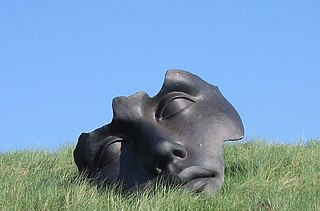
Beelden aan Zee museum in the Scheveningen district of The Hague, founded in 1994 by the sculpture collectors Theo and Lida Scholten, is the only Dutch museum which specialises in only exhibiting sculpture.
Jacobus Ruurd "Jaap" Bruijn, was one of the best known and respected Dutch maritime historians. He was professor of maritime history at the University of Leiden from 1979 until his retirement in 2003. During his 41-year teaching career as The Netherlands' only university professor of maritime history, he guided the doctoral theses of no fewer than 49 graduate students.

Rudolf Herman "Rudi" Fuchs is a Dutch art historian and curator.
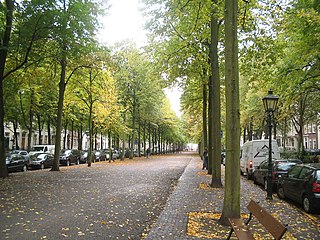
The Lange Voorhout is a street in the old city centre of The Hague, Netherlands. It is L-shaped and runs from Kneuterdijk in the west to Toernooiveld in the east, reaching approximately 0.47 kilometres (0.29 mi) in length.
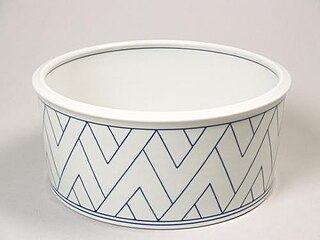
Leen Quist was a Dutch ceramist, who was known for his own style, a perfect finish and geometric (blue) lines. According to Thimo te Duits, author of Modern Ceramics in the Netherlands (1990), Quist' pots, bowls and boxes witnesses "a noble simplicity."
The following is a timeline of the history of the municipality of The Hague, Netherlands,
Thimo te Duits is a Dutch art historian, curator, author and editor, known for his numerous contributions in the field of Dutch applied art.
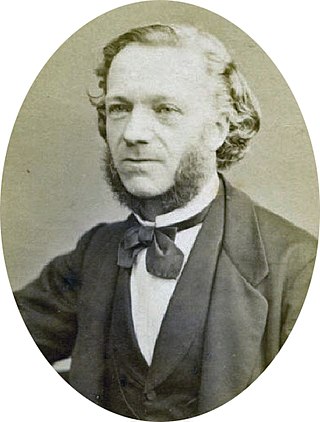
Jan Hendrik Maronier was a Dutch pastor and writer.

Wim van Sinderen is a Dutch journalist and curator, working as photography curator at the Fotomuseum Den Haag.

ZJA is a Dutch architectural studio located in Amsterdam and founded in 1990 by Rein Jansma and Moshé Zwarts (1937-2019). To date, the studio has approximately 50 staff and the partners are Ralph Kieft, Reinald Top and Rob Torsing.
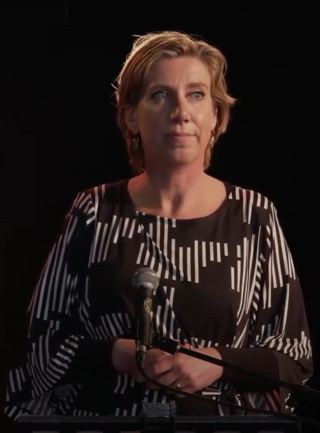
Ingrid Johanna Maria Michon-Derkzen is a Dutch civil servant and politician of the conservative liberal People's Party for Freedom and Democracy (VVD). She was elected to the House of Representatives in the 2021 general election, and she previously served as a member of the municipal council of The Hague (2014–18).

The Fotomuseum Den Haag is a museum in the field of photography in The Hague. The museum was founded in 2002 as part of the Kunstmuseum Den Haag and works closely with the Print Room of the Leiden University Library.
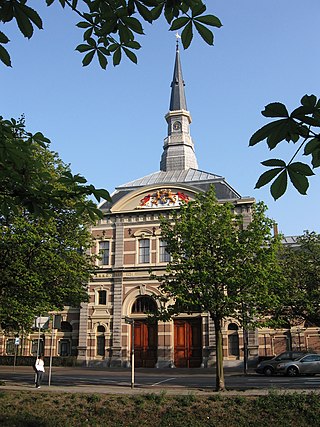
The Royal Stables is a collection of equestrian stables of the Dutch Royal Family, the House of Orange-Nassau. It is a Rijksmonumental building that is part of the royal Palace grounds located in the city center of The Hague in the Netherlands. The Noordeinde Palace and the Palace Gardens are also part of this same palace complex. The Noordeinde Palace and its grounds are the official workplace of the Dutch King Willem-Alexander.
Kockelkorn, Hub. Geschiedenis van het Museum voor het Onderwijs. Den Haag, 1985
















